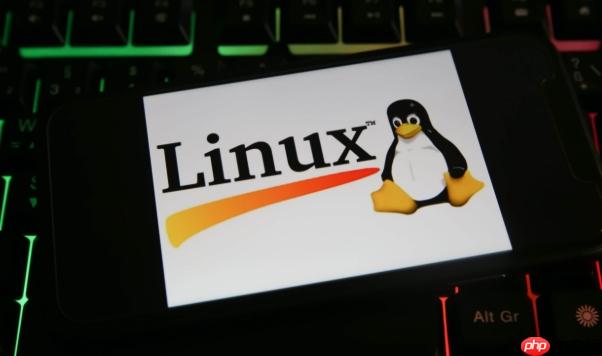使用systemctl enable命令配置Systemd服务自启,核心是通过创建符号链接将服务关联到启动目标,其行为由单元文件的[Install]部分定义,WantedBy指明启用时机,而服务启动顺序和依赖通过After、Requires等指令精细控制,确保服务按需有序启动。

在Linux系统中,如果你想让某个服务或应用程序在系统启动时自动运行,最标准和推荐的做法就是利用
systemctl enable
要让一个服务在Linux开机时自动启动,核心操作就是一条命令:
systemctl enable <服务名称>.service
nginx
sudo systemctl enable nginx.service
/etc/systemd/system/multi-user.target.wants/
/usr/lib/systemd/system/
/etc/systemd/system/
有时我们也会遇到需要取消自启的情况,那对应的命令就是
sudo systemctl disable <服务名称>.service
systemctl is-enabled <服务名称>.service
在我看来,Systemd单元文件就像是给Systemd这个‘管家’的一份详细指令清单。它告诉Systemd,一个服务叫什么名字、它该如何启动(执行什么命令)、什么时候启动(在哪个阶段,比如网络起来后)、依赖于哪些其他服务、以及当它停止时该怎么处理等等。这些文件通常以
.service
.target
.mount
.service
当我们使用
systemctl enable
[Install]
[Install]
WantedBy
RequiredBy
multi-user.target
systemctl enable
.wants
.requires
在使用
systemctl enable
ExecStart
enable
排查这类问题,通常我会先尝试手动启动服务:
sudo systemctl start <服务名称>.service
systemctl status <服务名称>.service
journalctl -u <服务名称>.service
-f
另一个常见问题是权限。服务启动时,如果它尝试访问某些文件或目录,但其运行的用户没有相应权限,服务也会挂掉。所以,确保服务运行的用户(可以在单元文件中用
User=
Group=
还有一种情况是,服务依赖的其他服务没有先启动。虽然Systemd的依赖管理很强大,但如果你在单元文件中没有正确声明
After=
Requires=
sudo systemctl daemon-reload
Systemd最让我欣赏的一点,就是它那套强大的依赖管理机制。它不仅仅是简单地启动服务,还能确保服务按照你设定的顺序,或者在满足特定条件后才启动。这对于那些相互关联、有严格启动顺序要求的复杂应用栈来说,简直是福音。
核心的配置项主要在单元文件的
[Unit]
After=
After=network.target
Requires=
Requires=
Requires=
Wants=
Requires=
BindsTo=
Requires=
PartOf=
举个例子,如果我有一个自定义的Web应用,它需要数据库服务(
mysql.service
network.target
[Unit] Description=My Custom Web Application After=network.target mysql.service Requires=mysql.service
这样一来,Systemd就会确保
mysql.service
network.target
以上就是如何在Linux中开机自启 Linux systemctl enable配置的详细内容,更多请关注php中文网其它相关文章!

每个人都需要一台速度更快、更稳定的 PC。随着时间的推移,垃圾文件、旧注册表数据和不必要的后台进程会占用资源并降低性能。幸运的是,许多工具可以让 Windows 保持平稳运行。

Copyright 2014-2025 https://www.php.cn/ All Rights Reserved | php.cn | 湘ICP备2023035733号